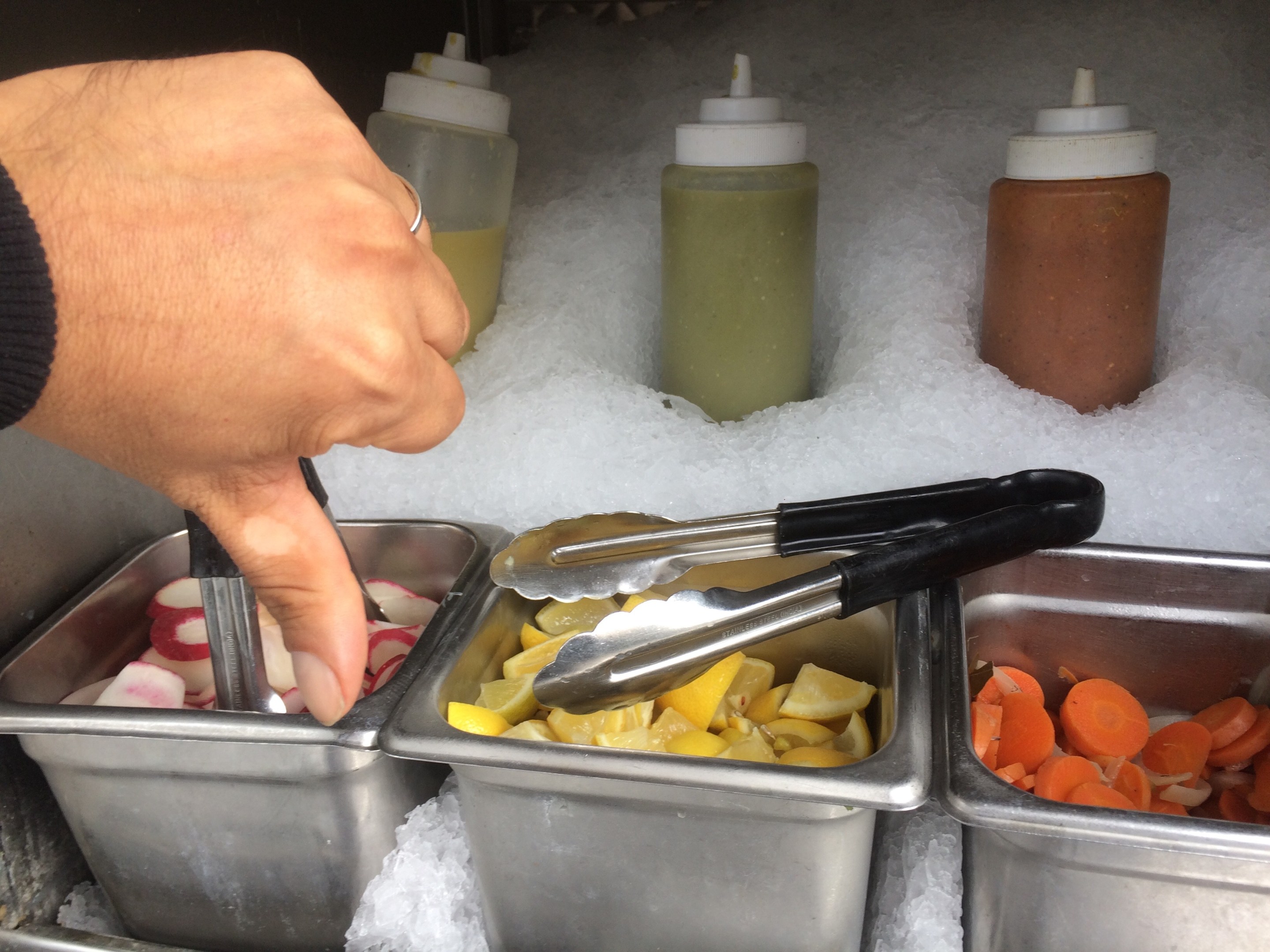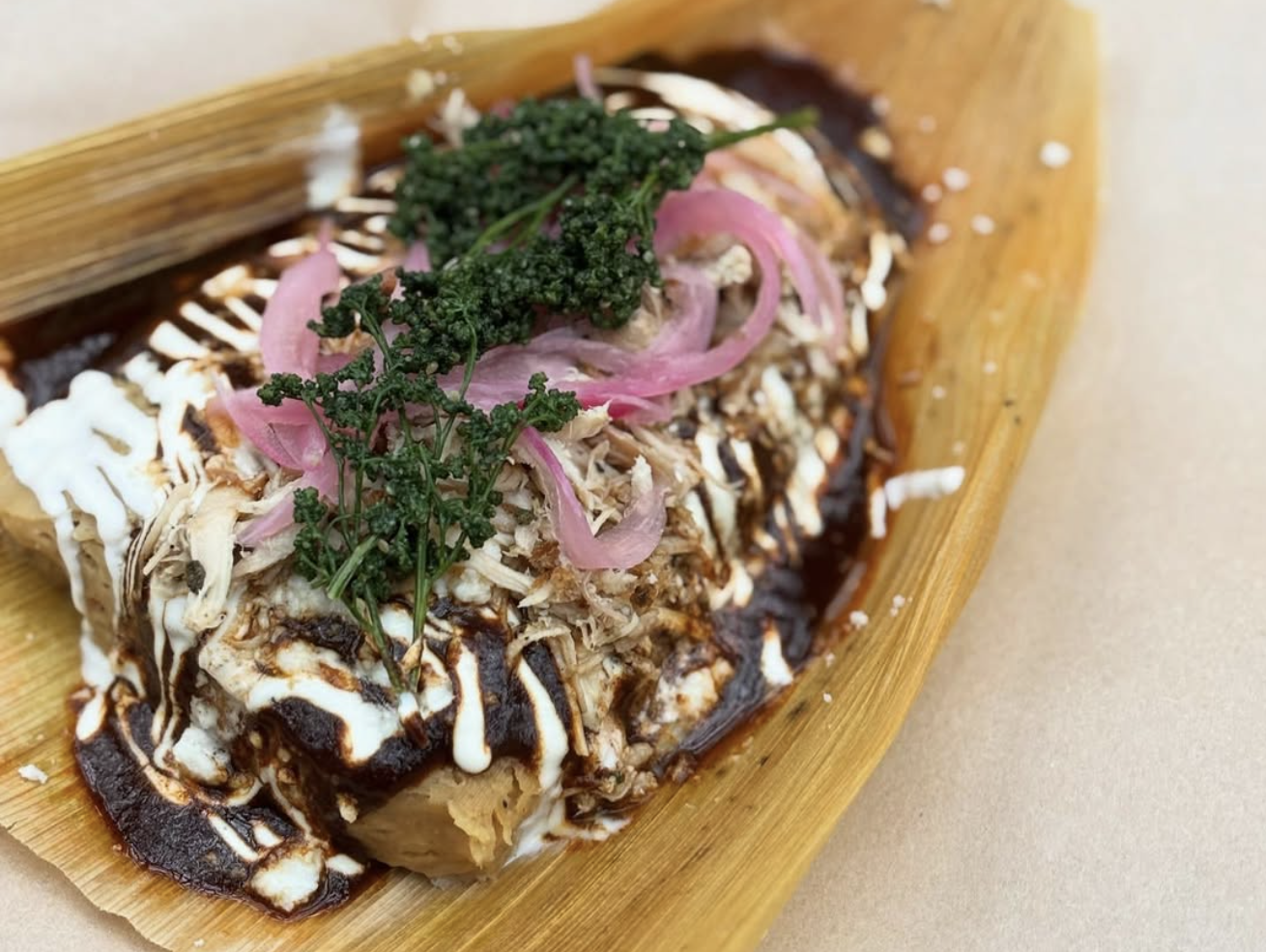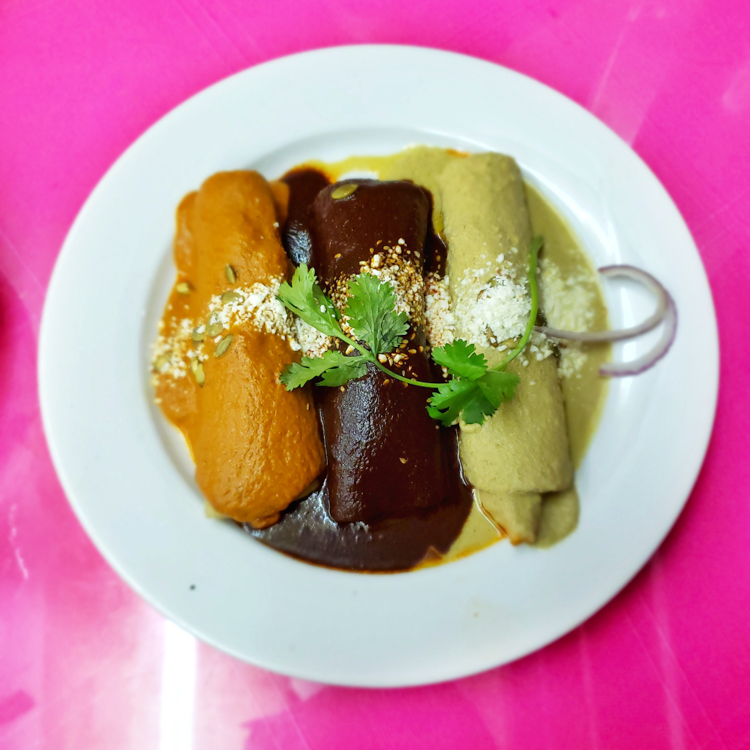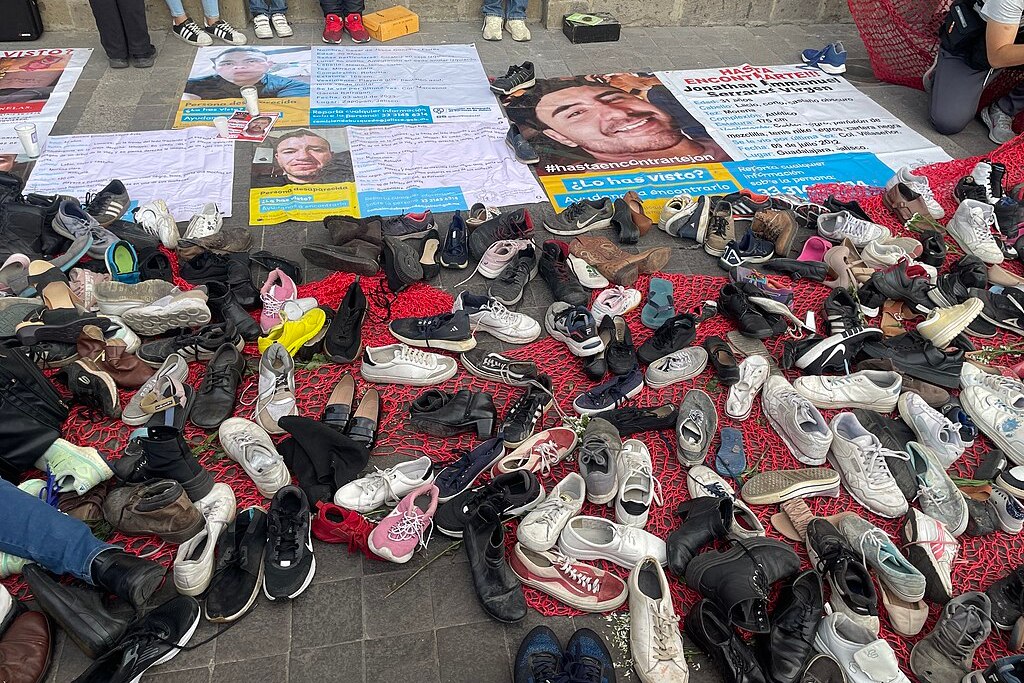Originally published in April, 2018.
--
The other day, I went to my favorite lonchera in SanTana, Alebrije's, and found something that made me angry and sad: lemons instead of limes. Again.
“They're too expensive right now,” said owner Albert Hernandez. “I usually pay $10 to $15 for a case, but right now it's going for $60 to $80. Demasiado.”
He's not the only taquero with a similar predicament. Every spring now for the past four years, taco trucks across Southern California have made the same switch because of escalating lime prices. The citrus gets a sales bump in the United States during Lent, when Catholics double down on the ceviche and aguachile and soups.
Their cost, however, historically remained relatively cheap — never more than $20 wholesale for a 40-pound carton (the standard unit for fruit brokers who sell that size wholesale to supermarkets, restaurants, and even taqueros). Restaurateurs weathered the temporary hike and home cooks —who pay about 30 to 45 percent more retail at supermarkets— just shrugged. So no one really paid attention to lime prices.
Everything changed, however, in 2014.
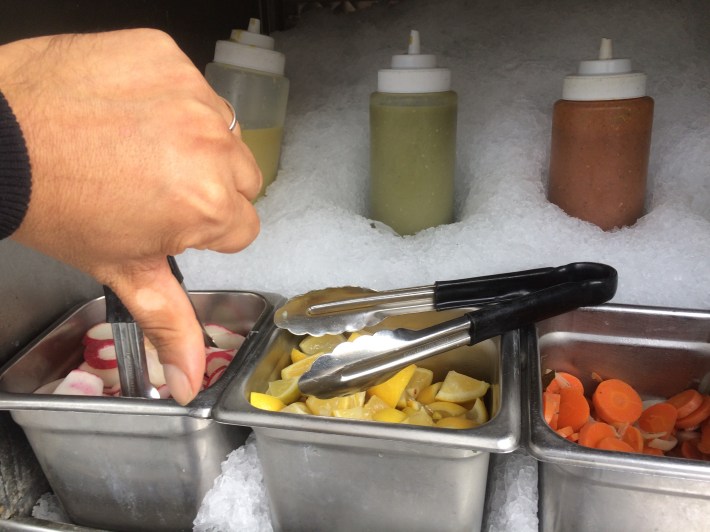
Lime Industry Stress
That year, March prices topped out at $90 per carton — by far, the highest price ever seen in the United States. The record made national news across the United States, as reporters discovered a disturbing fact: 93 percent of the United States lime supply now comes from Mexico. So when the Mexican lime industry sneezes, we get screwed.
The main culprit then was the drug war, especially in the Tierra Caliente region of Michoacán, the center for the majority of Mexico's key lime (the small ones) industry. Cartels moved in to take over orchards, or levy heavy plata o plomo taxes on growers. Things got so crazy that armed robbers in Veracruz stole nearly 16 tons of Persian limes (the big ones) estimated at $250,000, while Mexican restaurants in el gabacho offered 25-cent margaritas for a bag of locally grown limes.
The lime industry has never recovered, with price gouging now a regular part of the game. And loncheras — who use more limes than the average Mexican restaurant because who doesn't want to squeeze them onto tacos? —suffer the brunt.
2018's price hike has been enough of a jump that The Packer, the bible of the producer industry, published an article on the subject last month. But a long-time personal source inside the produce industry has provided me with monthly averages for a three-year span that correspond to anecdotal evidence seen on the streets of SoCal.
The figures come from the internal records of a major West Coast produce company. In 2016, the highest monthly wholesale price they paid was $48 for a carton in April; 2015 was $40 in March; last year, they topped out at $26 in February — but taqueros still switched over to lemons.
This year has been the worse since 2014. Heavy rainfall and cold weather in Veracruz (where the majority of Mexico's spring crop of limes gets grown) devastated the lime crop, dropping production by at least 50 percent and raising prices to $50 a case.
More ominous, though, are the following stats from the company: Both 2016 and 2017 had only five months each where cases for the company topped $20 a case wholesale, and just two months between the two years where the price topped $30. 2018 has already seen three months over $20 a case already, with two over $35 and March topping out at $58.
By comparison, a “NATIONAL SHIPPING POINT TRENDS” March bulletin put out by the United States Department of Agriculture put the 40-pound lime carton case between $36 and $52, with the warning “Quality variable.”
The situation will probably never get better, according to my produce friend. “Within the last 10 years, the cartel variable has become an influencing force in the business, arguably,” he says. Their presence has led to instability in an industry that, like avocados, used to be stable.
SEE ALSO: The Forgotten Foodways of the East L.A. Blowouts
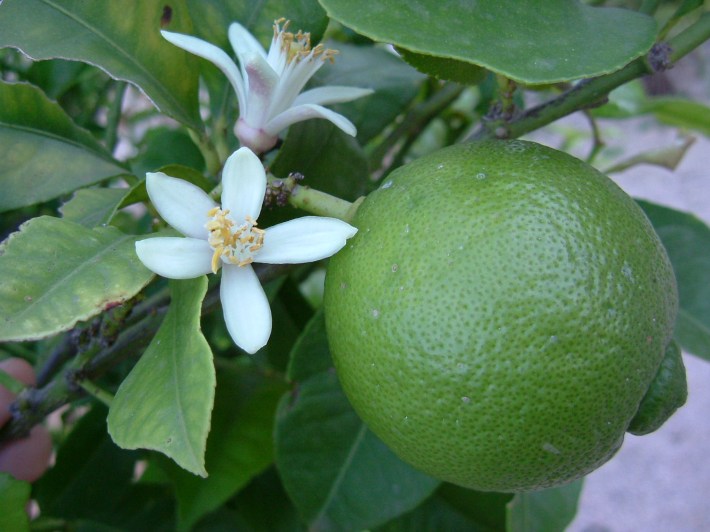
The only hope my friend can offer consumers is that lime prices always drop after Easter. But he doesn't mince words about loncheros who switch over to lemons when lime prices rise to save on costs.
“It's just a weak excuse for the retail establishments to save money,” he says. “These taco trucks should reward their loyal customers with the same expectations 24-7, and 365 days a year. Hell, I would make it a point during the hard times to advertise that we always have limes available and at worst add a limit and maybe an upcharge for extra lime. That's it.”
But Alebrije's owner Albert Hernandez is unapologetic about loncheros switching from limes to lemons. Last year, he organized his peers to fight the city when bureaucrats wanted to regulate taco trucks out of existence.
The Guanajuato native told L.A. Taco many loncheros make the change when a case of limes goes over $30. “I'm seeing them go right now from $60 to $70,” Hernandez says. “You can buy some cheap ones at $50 [a case], but they come out bad and you end up throwing out half of them.”
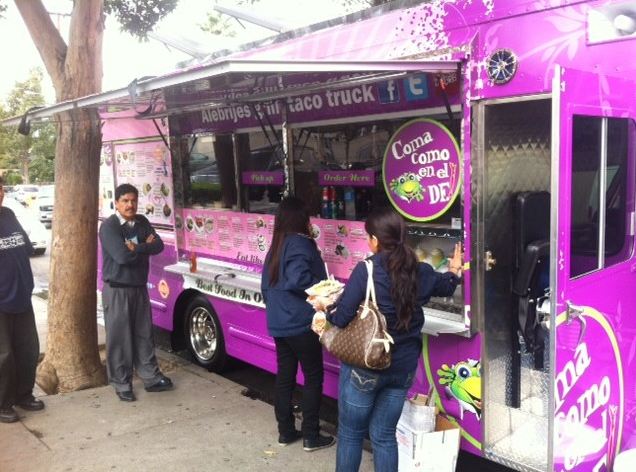
Lemon prices, meanwhile, go for $20 a case right now. But it's just not the same. The lemon's fuller flavor goes well on fish and chips, or in a tea. But on carne asada or any other meat, the juice falls flat. It doesn't replicate the fresh sharpness of a perfectly squeezed lime.
So for now, whenever I got to Alebrije's, I leave the lemon tray alone and just load up on their pickled habanero onions. Hernandez thinks he'll be able to switch back to limes in a couple of weeks. Thank God I have two lime trees in my front yard ...
RELATED: An Interview with Gustavo Arellano, Author of 'Taco U.S.A.'
